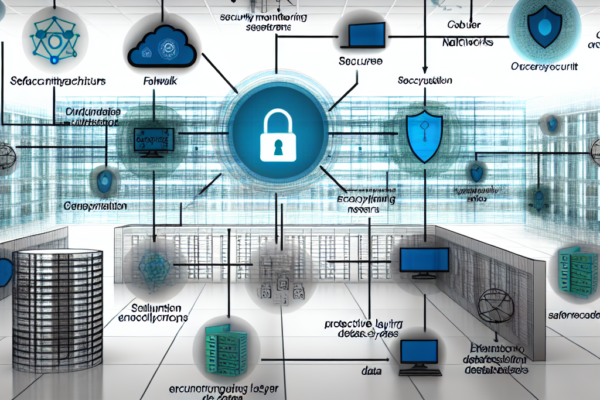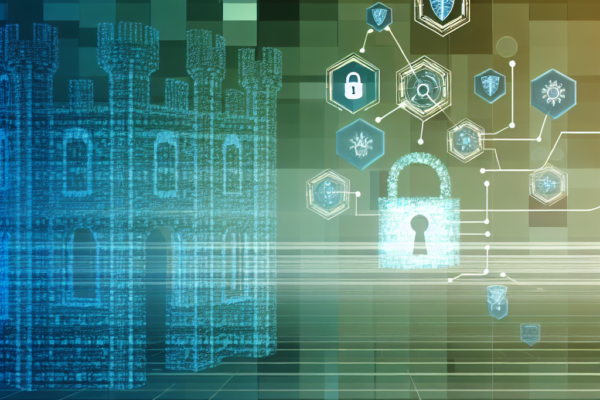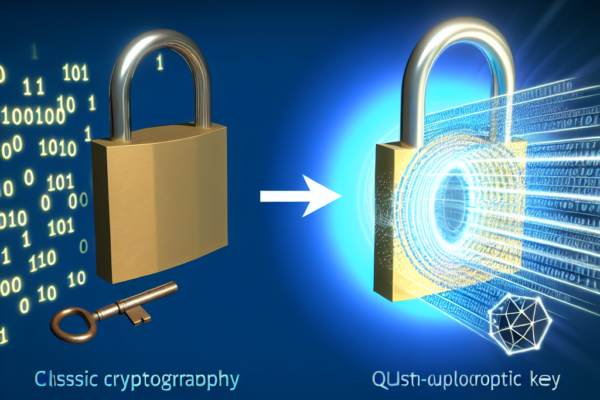
How the NCSC thinks about security architecture
The National Cyber Security Centre (NCSC) is home to a dedicated security architecture team that plays a crucial role in the design and management of critical computer systems in the UK. These systems manage highly sensitive information and are essential for various vital functions. This specialized team draws on a rich legacy of expertise, continually…









